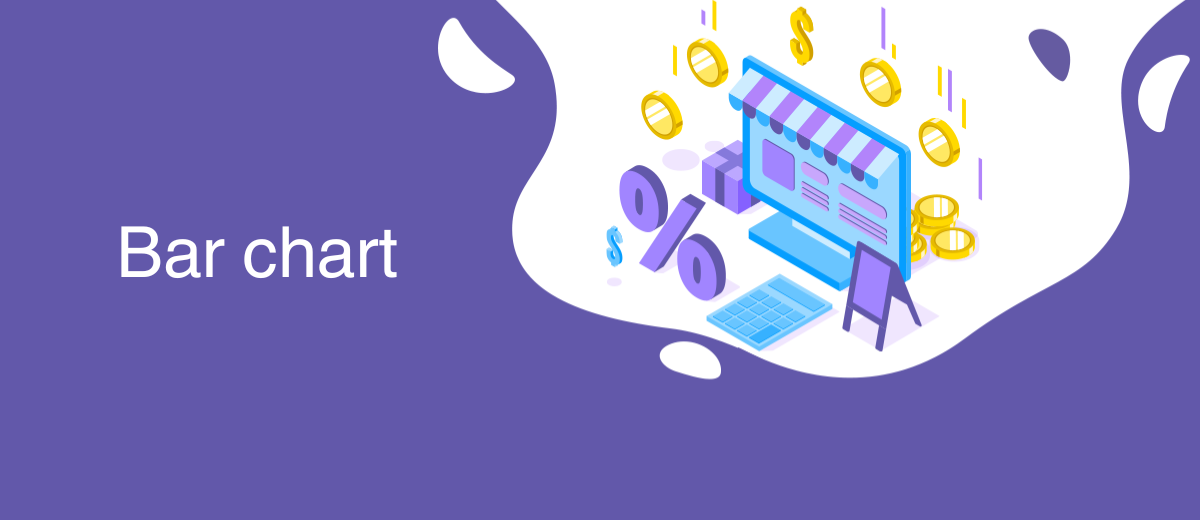Bar chart
A bar chart, also known as a bar graph, is a type of graphical representation used to display and compare discrete data or categorical variables using rectangular bars. The length or height of each bar corresponds to the value or frequency of the represented category, making it easy to visually compare different data points. Bar charts are widely used in various fields, including business, finance, science, and education, for data analysis, reporting, and communication.
Types of bar charts:
- Vertical bar chart: In a vertical bar chart, the bars are displayed vertically, with the categories represented along the horizontal axis and the values along the vertical axis. This is the most common type of bar chart.
- Horizontal bar chart: In a horizontal bar chart, the bars are displayed horizontally, with the categories represented along the vertical axis and the values along the horizontal axis. This type of chart is useful for displaying data with long category labels or when comparing many categories.
- Stacked bar chart: A stacked bar chart displays the total value of multiple categories as a single bar, with each category represented by a different color or pattern within the bar. This type of chart is useful for visualizing the composition of data and the relative contribution of each category to the total value.
- Grouped bar chart: A grouped bar chart displays bars for multiple data series within the same category, allowing for easy comparison of different data sets or variables. This type of chart is commonly used for displaying data over time or comparing multiple groups within the same category.
Advantages of bar charts:
- Easy to understand: Bar charts are visually straightforward and easy to interpret, making them an effective tool for communicating data to a wide audience.
- Effective for comparison: Bar charts excel at displaying and comparing data across categories or groups, enabling viewers to quickly identify trends or differences.
- Versatile: Bar charts can represent various types of data, including nominal, ordinal, or interval data, and can be adapted to display multiple data series or variables.
Limitations of bar charts:
- Inappropriate for continuous data: Bar charts are not suitable for displaying continuous data or data with a large number of categories, as the bars can become too small to interpret accurately.
- Limited scalability: Bar charts can become cluttered and difficult to read when displaying a large number of categories or data series.
In conclusion, bar charts are a widely used and versatile graphical representation for displaying and comparing discrete data or categorical variables. They are visually intuitive and effective for communicating data to a broad audience, but their utility may be limited when dealing with continuous data or a large number of categories.
Back Home eCommerce Encyclopedia
- Automate the work of an online store or landing
- Empower through integration
- Don't spend money on programmers and integrators
- Save time by automating routine tasks
Set up integration without programmers – ApiX-Drive
Articles about marketing, automation and integrations on our Blog


